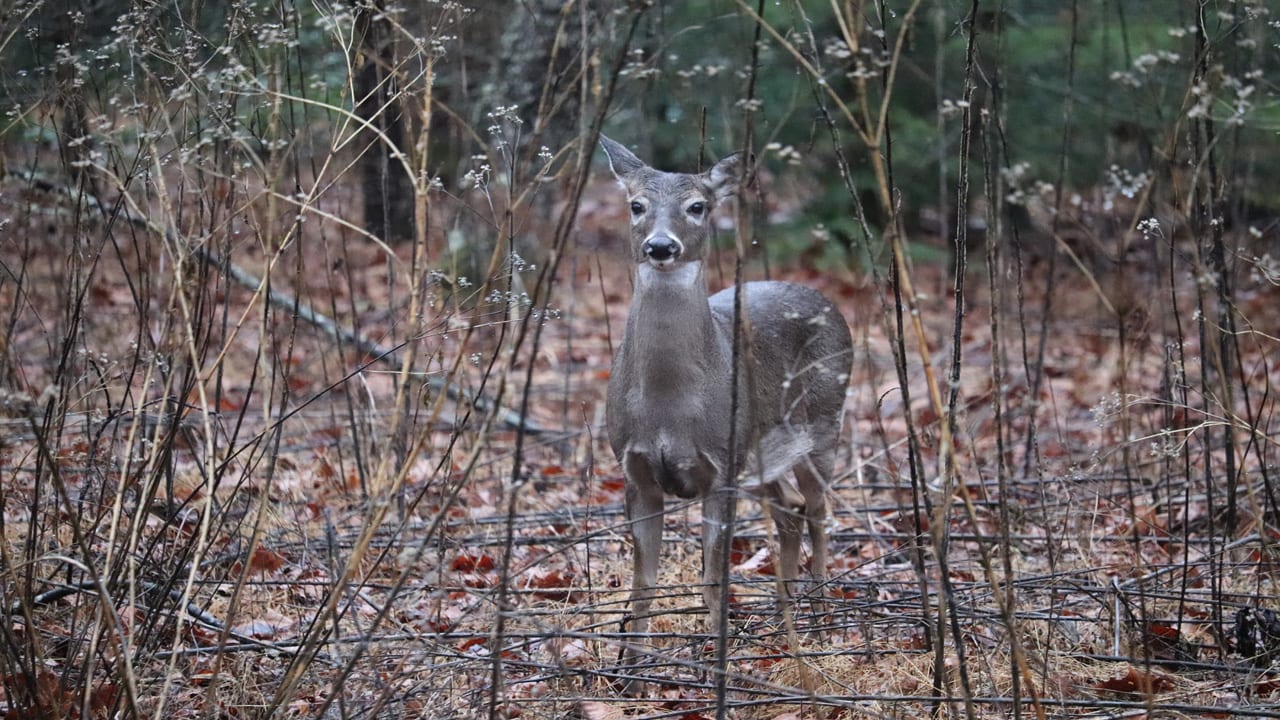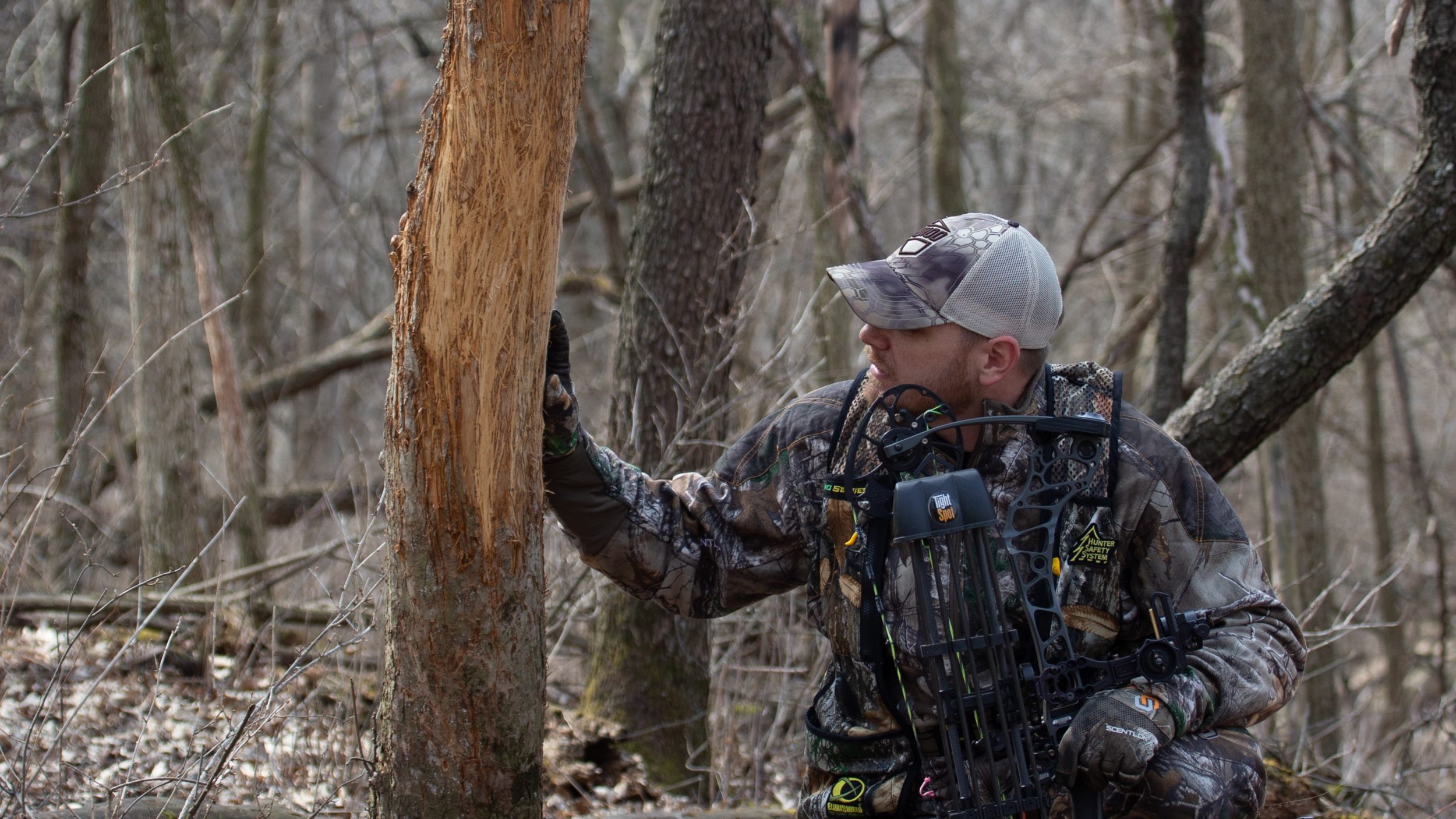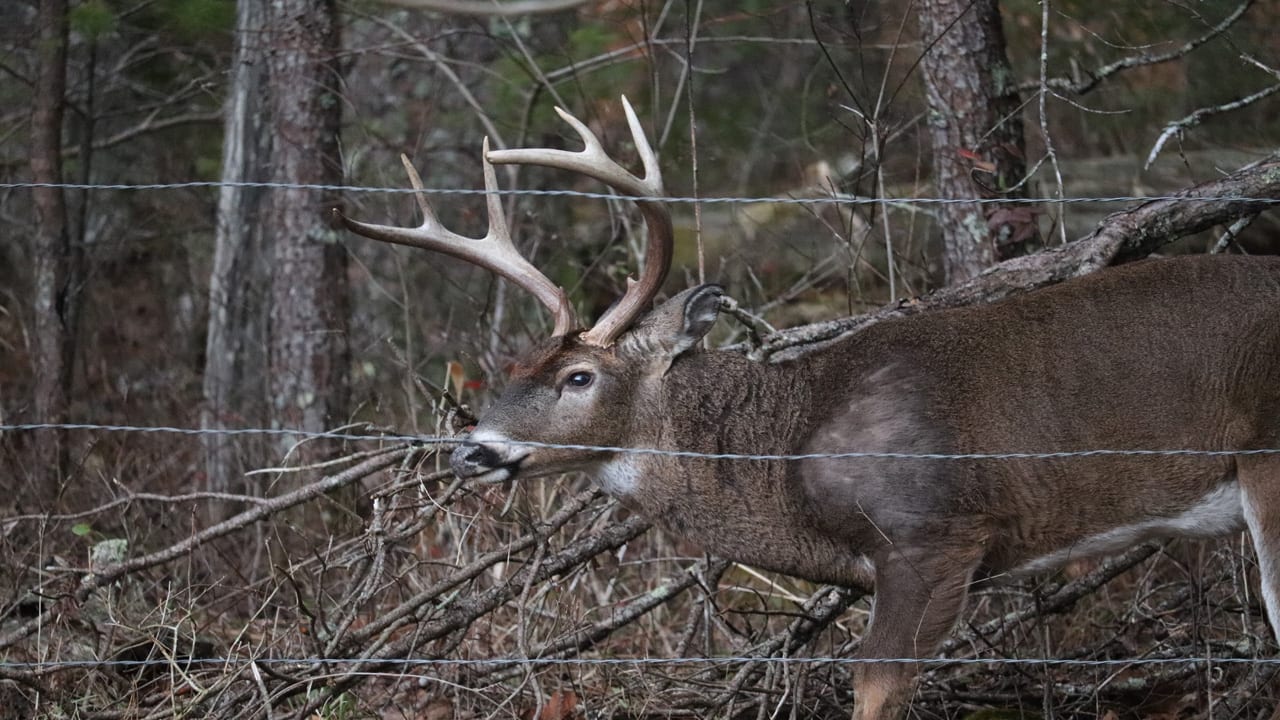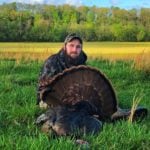As the final moments of deer season tick away, and yet another year becomes but a memory, many hunters venture on to other favored endeavors such as trapping, ice fishing, and waterfowl hunting. While all of these activities are noteworthy for their own specific reasons, the avid deer hunter might be shorting him or herself a world of opportunity if they fail to set aside time to conduct annual postseason scouting.
Postseason scouting is of significant value, as it allows a hunter to take stock of the sign on a given property in a comprehensive manner. The wealth of information gathered during your postseason scouting provides you with pertinent details that assist in improving your hunting strategy from year to year.
It often helps to think of postseason scouting as working a puzzle. To solve this puzzle, pieces, in the form of sign, must be located and arranged in a manner as to reveal the bigger picture. In this case, the revelation of this bigger picture, allows you to hunt your property in the most thorough and efficient way possible. Your job becomes knowing what pieces of information to seek, and how to fit these pieces accordingly.
Locate Bedding Areas
One valued characteristic of postseason scouting is that you can explore areas where you would otherwise not dare venture during any other point in the year, let alone during season. These areas are quite the contradiction; as such off-limit locations are often where some of the most significant intel can be gathered. The majority of these locations are those that focus around dense cover, as well as sanctuaries.
In the days and weeks following the close of season, a hunter can delve into these sites, with a thorough understanding that they must make the most out of this rare intrusion. When scouting these locations, spend ample time searching for any buck or doe beds. If you locate the presence of matted vegetation in oval formations, you have found what you came for. If multiple beds are found in one location, you are likely looking at a doe bedding area. Alternatively, if the observation of a single larger bed is noted, there is a good chance that you are in a buck’s bedroom.
The importance behind locating bedding areas is that their discovery signifies what is essentially one end of a travel corridor, over which you can hunt as deer transition to feeding areas. While it is true that deer do not always use the same beds from day-to-day and month-to-month, nearly every area features historical bedding sites that deer show preference to. When bedding areas of this nature are discovered, trails leading to and from these locations can be hunted in an attempt to intercept deer along their typical bed to feed patterns.

Although a property’s sanctuary area is typically off limits, a single intrusion during postseason scouting efforts can often lead to a wealth of information regarding deer bedding habits.
Earmark Rut Sign
When assessing a property during the postseason, the territorial renderings of multiple bucks are often found. Rub and scrape lines litter woodlots in many high traffic areas, and are undoubtedly mesmerizing to study. However, the location of this rut sign can be cataloged for future reference. While bucks certainly leave sign in indiscriminate locations whenever the mood hits them, many rub and scrape lines, especially those found along field edges and funnels are placed in nearly identical locations from one year to the next.
Being aware of such locations can come as an advantage to a hunter as the pre-rut arrives the following year. By hunting the areas that show historical significance as rut hot spots, you can often put yourself in a position to intercept a geared up buck as they attempt to stake their claim. Because the location of such rut sign is often located along typical deer travel corridors, the presence of such sign can also be of benefit during the duration of the season, as deer move through these same funnels and points of travel.

Do bucks tend to leave scrapes and rubs in identical locations one year to the next? Recognize the pattern, and be there to intercept the annual flurry of activity this coming season.
Assess Travel Corridors
Deer are creatures of habit and often take the same travel routes from point A to point B, with few exceptions unless disturbed. When scouting during the postseason, these travel corridors can be backtracked to reveal a wealth of information that you might not have previously been aware of. Protected bedding areas, secluded watering holes, and hidden-away food sources can all be located when following sign along travel corridors.
Additionally, it is common to uncover unknown deviations from travel routes that have already become known. At times, deer favor areas that would be inconceivable to many with an outward glance. Unbeknownst to an individual hunting the property in question, a buck will shift their movements to begin frequenting territory that one would have little reason to believe a deer would utilize. Studying travel corridors and trails during the postseason can expose many of these whitetail-safe havens.

By following the path of travel corridors while conducting postseason scouting, a hunter often uncovers details regarding habitat usage that would have otherwise gone unrecognized.
Take A Headcount
The postseason can also be of much value when attempting to establish the survival, or lack thereof, among bucks in a given area. Such an assessment allows you to check the status of your target bucks, revealing those that have survived to be hunted the following season. While much of this surveying can be done with the use of trail cameras, a boots-on-the-ground approach will often yield definitive proof as to a buck’s status.
The discovery of a particular buck’s sheds will reveal that he has made it through season and the bulk of winter, lending well to the probability of survival into the season to come. In contrast, discoveries made while postseason scouting are not always as uplifting. The discovery of skeletal remains from a particular buck, marked for identification by the rack it sported, can be disheartening, to say the least.
Putting It All Together
When deer season closes, work has just begun for those steadfast in their determination toward continual self-improvement in their bowhunting endeavors. With a sleuthful level of attentiveness, and an extensive desire to leave no stone unturned, postseason scouting can bridge any gaps in your understanding of how the deer on a given property interact with their habitat. By remaining just as vigilant in the postseason as you were during the first week in November, you will forge a path to success and jump-start the season to come.

 By
By 



